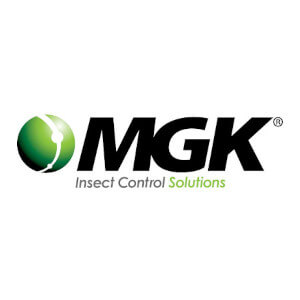A thorough inspection is necessary to provide the highest quality pest control service as it provides the PMP with important information to consider when making recommendations and creating an effective treatment plan.
Inspection is Also a Sales Tool
In addition to maximizing your effectiveness and subsequent success, a thorough inspection is also a fantastic sales tool. If a customer is confident in your abilities to locate and identify pest problems, they will be more likely to purchase your service (or add services) and to follow your recommendations.
A customer who is aware of the effort involved in the inspection process will see value in the service. Also, if a customer understands the treatment plan, pest pressure and the work involved for a successful treatment, they may be more willing to follow all recommendations.
Tips For an Effective Inspection
Helpful tools to have during an inspection
- A powerful flashlight
- Vials for collecting specimens
- A magnifying glass
- Paper (graphing can be helpful) and pencil for notes – To draw a basic diagram of the structure, pest presence, and/or conditions conducive to pest presence
- Spatula or screwdriver for scraping
- Access – PMP must be able to access pest vulnerable areas. Reducing clutter facilitates access and better inspections
Questions to ask
- What pests are present? – Trapping or identifying the pests will help you identify the solution.
- Why are they present? – Is there food, water or harborage?
- When are they present? – Think about what goes on at night – presence of food, water (sprinklers?), waste disposal.
- Where are they present? – Indoors or outdoors?
Common conducive conditions
- Often without realizing it, pest problems are created by the client’s choice in landscape – Object/plant locations and maintenance around the structure can create ideal harborage areas
- Fruiting trees such as crab apples may cause problems by attracting flies, yellowjackets and other pests to fruit that falls and rots below the trees
- Tree branches that overlap or touch the roof of the building can act like pest highways, providing access for carpenter ants, mice or other pests
Recommendations for eliminating conducive conditions
- Sealing doors, windows or other potential pest entries into buildings
- Trim back branches and avoid planting trees close to buildings
- Repairing leaky faucets or pipes
- Improving sanitation practices and/or trash management in and around facilities
- Eliminating pest harborages by sealing cracks or gaps and reducing clutter
- Selection and maintenance of landscape plants that discourage pest problems
Treatment Options
- Use of baits or traps where pest populations are present
- Use of pesticides to eliminate a pest infestation
- Use of non-pesticide control options such as heat, cold, vacuuming or other mechanical options
Follow-up Treatments
Follow-ups can be on a weekly or monthly basis. They should focus on:
- Progress made (or not made) – Based on previous recommendations and any alterations needed
- Current pest pressure

